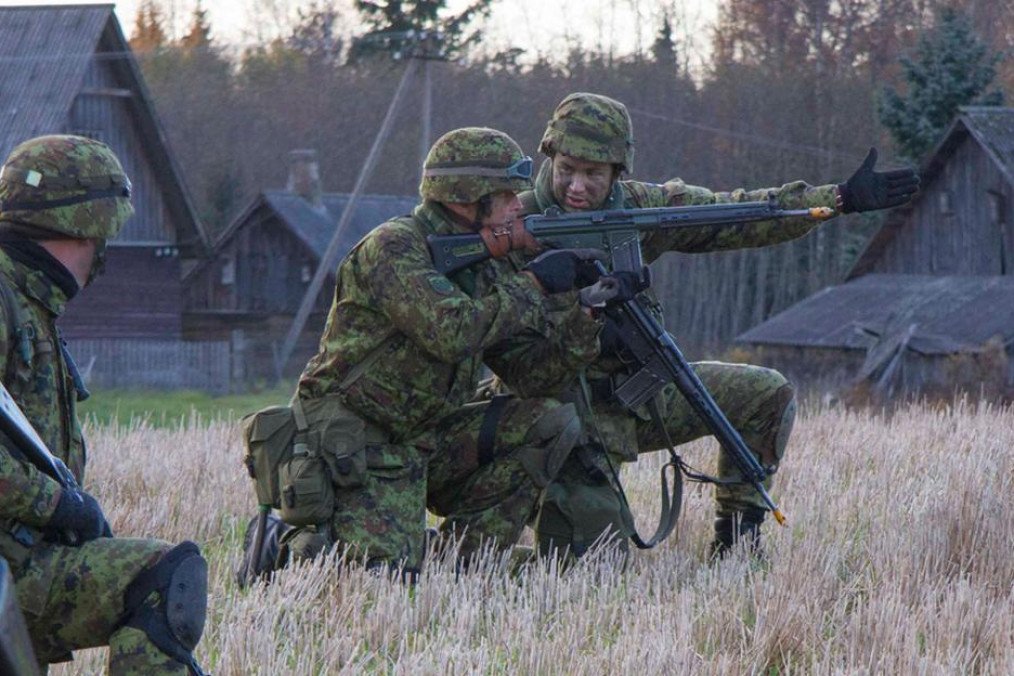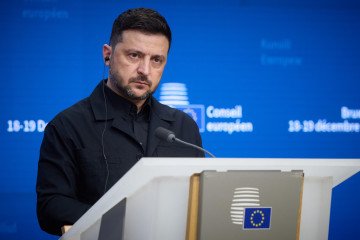- Category
- Latest news
Estonia Is Holding Civil Defense Exercises in Response to a Potential Russian Threat

A recent survey by the Estonian Ministry of Defense indicates that nearly 40% of Estonians believe a large-scale military invasion by Russia is likely, a 10 percentage point increase from last year. 60% of respondents expressed readiness to defend their country.
With a population of about 1.3 million and only 6,500 professional military personnel, Estonia relies on reservists and volunteers from the Estonian Defense League (Kaitseliit). In a recent civil defense exercise in Abja-Paluoja, local authorities prepared in just 10 days to evacuate residents based on intelligence of a potential attack, with over 200 participants involved, according to a report from DW.
The Estonian Rescue Department, responsible for civil defense, and the Estonian Defense League organized these extensive exercises.
"It’s no secret where we live. We are not alone in the Baltic region," said Lieutenant Colonel Raul Kütt, commander of Kaitseliit's southern unit. "The same applies to Latvia and Lithuania. We don’t know how the war in Ukraine will end or if it might spread further. We still have time to conduct such exercises to prepare for the worst-case scenario."
Currently, Kaitseliit has over 30,000 members. Its commander, Major General Ilmar Tamm, noted that around 5,000 volunteers joined after Russia's full-scale invasion of Ukraine in February 2022. "I didn't need to convince them; it was enough to find the right role and provide sufficient training opportunities," he added.
"Russia is occupying Ukraine, but we still have time to prepare. Estonia will always be ready to defend itself, but there's always room for improvement, and that's what the Estonian Defense League can provide to its citizens," emphasized Major General Tamm.
Estonia allocates 3.4% of its GDP to defense, significantly exceeding NATO's target of 2%, placing it second in the Alliance after Poland.
In addition to logistical training, volunteers are taught to provide psychological and medical assistance in emergency situations and willingly share their knowledge. Together with the Estonian Red Cross, they conduct first aid workshops that involve women and children participating in these exercises, DW reports.
Kirill Badikin, head of the Estonian Red Cross disaster response department, highlights the importance of such initiatives. "Ukrainians say that if the population knew how to use first aid skills, it would save many more lives," he noted. Meanwhile, Estonian Rescue Department are conducts other training sessions, teaching people how to start fires, generate electricity, pack evacuation bags, and find shelter in emergencies.




-72b63a4e0c8c475ad81fe3eed3f63729.jpeg)

-111f0e5095e02c02446ffed57bfb0ab1.jpeg)
